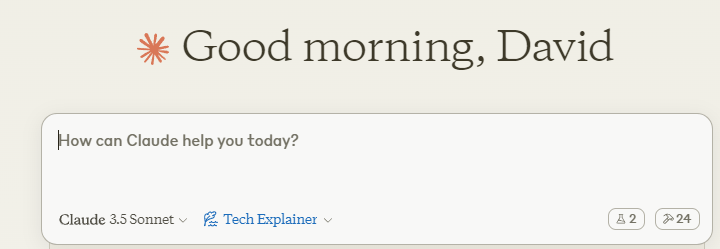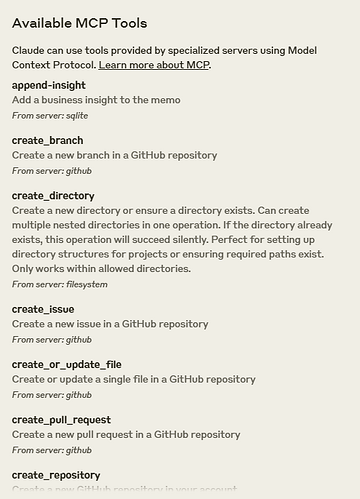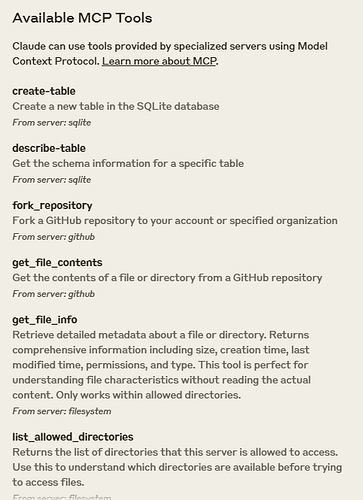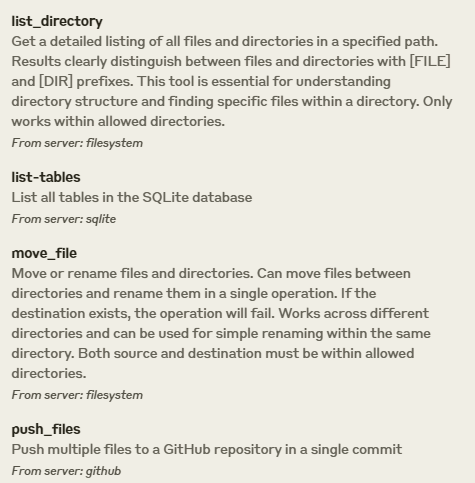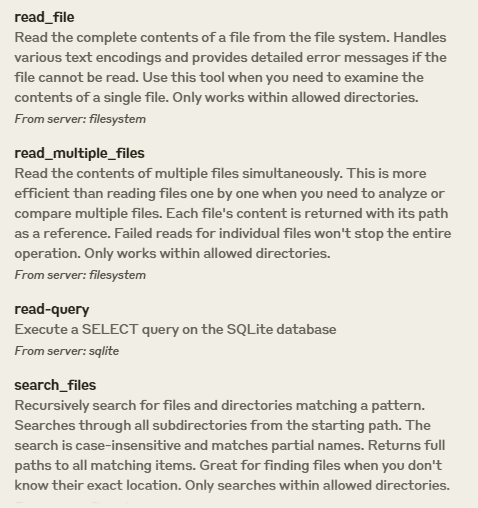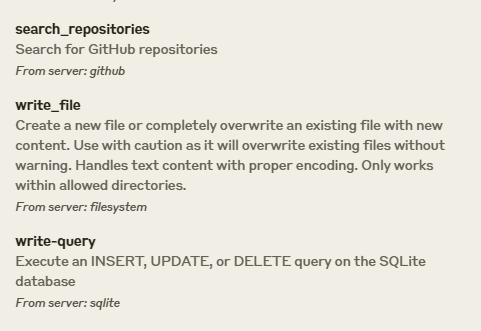Hi,
I am NOT a coder, but I am a systems and networking guy with a lot of experience in architecture.
My interests are initially in expanding the areas of memory management and token management, but overall architecture questions are what fill my mind.
Given this I worked the following up with ChatGPT, and I’d like to hear what others think. I see a lot of talk about features to add, but very little regarding architecture and a real roadmap. Have a look:
Architecture Summary for Memory and Token Management Framework
Goals
-
Comprehensive Memory Management:
- Store and retrieve chat histories, datasets, and metadata.
- Support multiple storage backends, including databases (e.g., PostgreSQL) and vector databases (e.g., Pinecone, Weaviate).
- Enable summarization, context generation, and seamless integration with chat flows.
-
Efficient Token Management:
- Manage tokenization, detokenization, and token limits dynamically.
- Provide compatibility across multiple language models with configurable token strategies.
-
Dynamic Dataset Handling:
- Allow loading, querying, and semantic searching of structured datasets.
- Enable integration with retrieval-augmented generation (RAG) pipelines.
-
Agent Framework:
- Support modular agents, including Swarm agents, MCP-compatible agents, and task-specific agents.
- Facilitate multi-agent collaboration and communication.
-
Extensibility:
- Provide a plugin system for memory, token management, and dataset backends.
- Allow external tools and APIs (e.g., LangChain, FAISS) to integrate seamlessly.
-
Python Integration:
- Leverage Python for advanced memory, RAG, and tokenization tasks.
- Enable communication between Python microservices and the TypeScript app.
Architecture Components
1. Memory Management
- Core Interface:
- Abstracts storage, retrieval, summarization, and key management.
export interface MemoryManager { save(key: string, value: any): Promise<void>; load(key: string): Promise<any | null>; summarize(context: string[]): Promise<string>; delete(key: string): Promise<void>; listKeys(prefix?: string): Promise<string[]>; } - Backends:
- Relational Databases (e.g., PostgreSQL, MySQL):
- Store chat histories and metadata.
- Vector Databases (e.g., Pinecone, Weaviate):
- Handle embeddings and semantic searches.
- Hybrid Memory:
- Combine multiple backends for versatility.
- Relational Databases (e.g., PostgreSQL, MySQL):
2. Token Management
- Core Interface:
- Handles token operations like counting, splitting, and ensuring token limits.
export interface TokenManager { tokenize(input: string): string[]; detokenize(tokens: string[]): string; countTokens(input: string): number; isWithinLimit(input: string): boolean; } - Backends:
- OpenAI Token Manager: Token handling for OpenAI models.
- Custom Tokenizers: For Hugging Face, Anthropic, or other APIs.
3. Dataset Management
- Core Interface:
- Supports dataset loading, listing, and querying.
export interface DatasetManager { listDatasets(): Promise<string[]>; loadDataset(datasetName: string): Promise<any[]>; queryDataset(datasetName: string, query: string): Promise<any[]>; } - Backends:
- Relational Databases: Handle tabular data storage and querying.
- Python Integration: Perform semantic searches via LangChain.
4. Agent Framework
- Core Interface:
- Defines agents that respond to inputs and perform tasks.
export interface Agent { id: string; name: string; description: string; respond(input: string): Promise<string>; performAction(action: string, data: any): Promise<any>; } - Agent Types:
- Simple Agent: Linear task-based responses.
- Swarm Agent: Multi-agent collaboration for complex tasks.
- MCP Agent: Implements Anthropic’s Model Context Protocol for advanced communication.
5. Plugin System
- Core Design:
- Centralized plugin registration for memory, token, and dataset backends.
export class PluginManager<T> { private plugins: Map<string, T> = new Map(); register(name: string, plugin: T): void { this.plugins.set(name, plugin); } get(name: string): T | undefined { return this.plugins.get(name); } list(): string[] { return Array.from(this.plugins.keys()); } } - Use Cases:
- Add custom memory or token managers dynamically.
- Register dataset backends or RAG pipelines.
6. Python Integration
- Microservices:
- Run Python services using FastAPI for:
- RAG pipelines (e.g., LangChain).
- Tokenization and summarization.
- Dataset querying and semantic search.
- Run Python services using FastAPI for:
- TypeScript Interfacing:
- Communicate with Python services using HTTP APIs:
async function queryPythonService(endpoint: string, payload: any): Promise<any> { const response = await fetch(endpoint, { method: "POST", headers: { "Content-Type": "application/json" }, body: JSON.stringify(payload), }); return await response.json(); }
Proposed Directory Structure
src/
├── lib/
│ ├── memory/ # Memory managers
│ │ ├── InMemoryMemoryManager.ts
│ │ ├── VectorDatabaseMemoryManager.ts
│ │ └── DatabaseMemoryManager.ts
│ ├── tokens/ # Token managers
│ │ ├── OpenAITokenManager.ts
│ │ └── CustomTokenizer.ts
│ ├── agents/ # Agent logic
│ │ ├── MCPAgent.ts
│ │ ├── SwarmAgent.ts
│ │ └── SimpleAgent.ts
│ └── plugins/ # Plugin system
│ └── PluginManager.ts
├── hooks/ # React hooks
│ ├── useMemoryManager.ts
│ ├── useTokenManager.ts
│ └── useAgentManager.ts
├── utils/ # Utilities
│ └── fetch.ts # API communication
├── services/ # Python interop
│ ├── memoryService.ts # Communicates with Python memory services
│ ├── datasetService.ts # Handles dataset queries
│ └── ragService.ts # RAG pipeline integration
Next Steps
- Build Core Interfaces:
- Define and implement
MemoryManager,TokenManager, andAgentinterfaces.
- Define and implement
- Implement Database and Vector Backends:
- Create
DatabaseMemoryManagerfor chat history. - Add
VectorDatabaseMemoryManagerfor semantic retrieval.
- Create
- Integrate Python Microservices:
- Use FastAPI for LangChain-based RAG and tokenization.
- Develop Plugin System:
- Enable dynamic registration and loading of memory, token, and agent modules.
This architecture ensures scalability, modularity, and interoperability with Python-based resources like LangChain.
Even though I am not a coder, if the architecture were established and agreed upon I could do what I do at work (sort of as an experiment, too): see if my zero coding experience but vast IT experience oterhwise can result in some usable contribution to this effort.
Thoughts?
